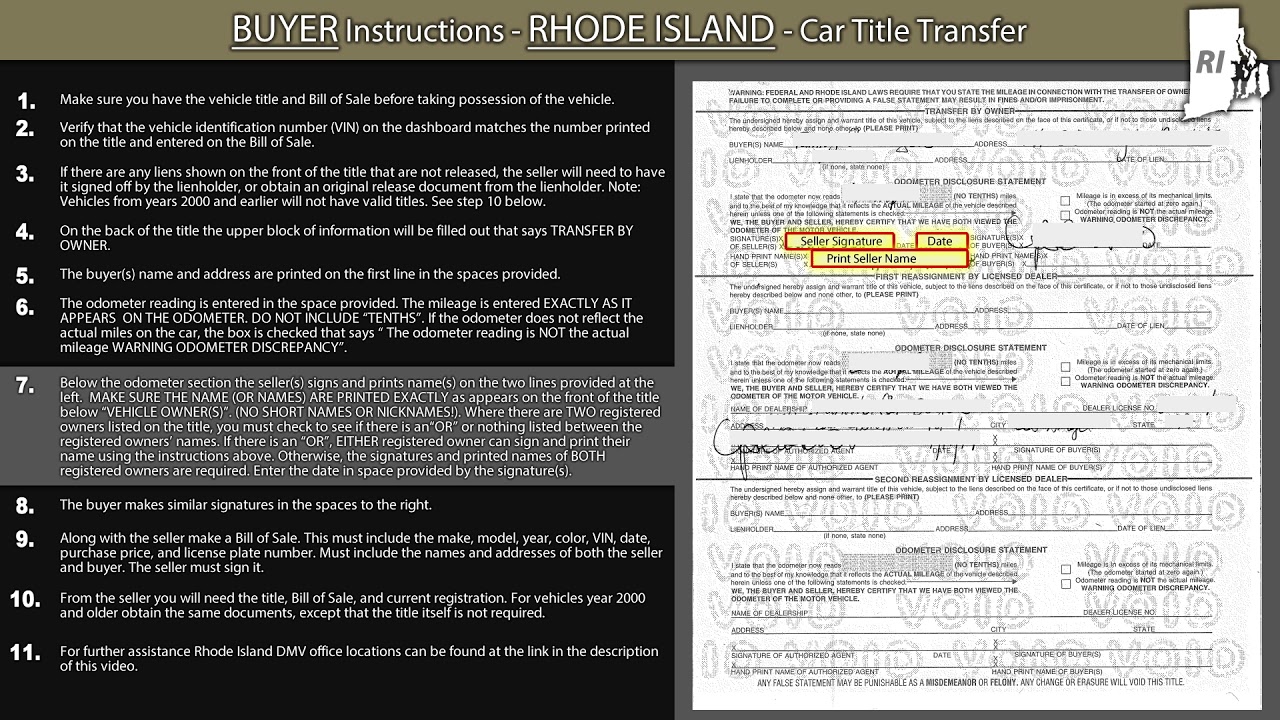Introduction: Rhode Island and Its Statehood
Rhode Island, officially known as the State of Rhode Island and Providence Plantations, is a state located in the New England region of the United States. Despite its small size, Rhode Island holds a significant place in American history and boasts a rich cultural heritage. This article will delve into various aspects of Rhode Island, including its statehood, geography, economy, population, education, landmarks, government structure, and state symbols.
Rhode Island: The Smallest State in the United States
Rhode Island, covering an area of just 1,034 square miles, holds the title for being the smallest state in the United States. Despite its diminutive size, the state is densely populated, ranking second highest in population density among all states. Nestled between Connecticut to the west and Massachusetts to the north and east, Rhode Island is also bordered by the Atlantic Ocean to the south.
The Historical Background of Rhode Island’s Statehood
Rhode Island was one of the original thirteen colonies that declared independence from British rule in 1776. However, it was the last of the thirteen colonies to ratify the United States Constitution in 1790, due to concerns over individual rights and the absence of a Bill of Rights. This delay in statehood had no bearing on the state’s loyalty to the nation during the Revolutionary War, with many Rhode Islanders actively participating in the conflict.
Rhode Island’s Geographical Location and Borders
Rhode Island is strategically positioned in the New England region of the United States. Its northern and eastern borders are shared with Massachusetts, while the western border is shared with Connecticut. On the southern side, the state is surrounded by the Atlantic Ocean. The state’s geography is characterized by picturesque coastlines, islands, and bays, with Narragansett Bay being one of its most notable features.
The Significance of Rhode Island’s Name
Rhode Island’s name has an interesting historical background. It was named by Dutch navigator Adrian Block, who explored the area in 1614. Block named the island "Roodt Eylandt" due to its reddish appearance, referring to the red clay found on its shores. Over time, the name evolved into "Rhode Island." Interestingly, Rhode Island is not an island itself but consists of the mainland and a series of islands in Narragansett Bay.
The Economy of Rhode Island: Industries and Contributions
Rhode Island’s economy has a diverse range of industries, with a particular emphasis on manufacturing, healthcare, education, tourism, and finance. Historically known for its textile manufacturing during the Industrial Revolution, the state has evolved into a hub for advanced manufacturing, including biomedical and marine industries. Additionally, Rhode Island’s universities and research institutions contribute significantly to the state’s knowledge-based economy.
Rhode Island’s Population and Demographics
Despite its small size, Rhode Island has a population of approximately 1.1 million people. The state is known for its cultural diversity, with a significant presence of Italian, Irish, Portuguese, and Hispanic communities. The capital city, Providence, is the most populous city in the state and serves as a vibrant hub of arts, culture, and commerce.
Education in Rhode Island: Institutions and Achievements
Rhode Island boasts several prestigious educational institutions, including Brown University, Rhode Island School of Design, and the University of Rhode Island. These institutions have garnered national recognition for their academic programs and contributions to research and innovation. The state also places a strong emphasis on K-12 education, with numerous public and private schools committed to providing quality education to its residents.
Notable Landmarks and Points of Interest in Rhode Island
Rhode Island is home to several notable landmarks and points of interest. The historic city of Newport is renowned for its Gilded Age mansions, such as The Breakers and Marble House. Block Island, located off the coast, offers stunning beaches, picturesque lighthouses, and nature preserves. Providence, the state capital, boasts architectural gems like the State House, WaterFire Providence, and a vibrant arts scene.
Rhode Island’s Government Structure and Political System
Rhode Island operates under a democratic form of government, with a governor serving as the chief executive and a bicameral General Assembly comprising the legislative branch. The state has a long-standing tradition of political engagement and has often been at the forefront of significant social and political movements. Rhode Island’s government structure reflects its commitment to protecting individual rights and fostering civic participation.
Rhode Island’s State Symbols and Emblems
Rhode Island has several state symbols and emblems that embody its unique heritage and natural beauty. The state flower is the violet, while the state bird is the Rhode Island Red. The state tree is the red maple, and the state shell is the quahaug. These symbols represent the state’s connection to nature and its rich maritime history.
Conclusion: Rhode Island’s Importance and Legacy
Despite its small size, Rhode Island holds immense importance and has left a lasting legacy in the United States. From being the last of the original thirteen colonies to ratify the Constitution to its contributions to manufacturing and education, Rhode Island has played a significant role in shaping the nation. Its diverse population, stunning landmarks, and commitment to democratic values make Rhode Island a truly unique and cherished state in the United States.





